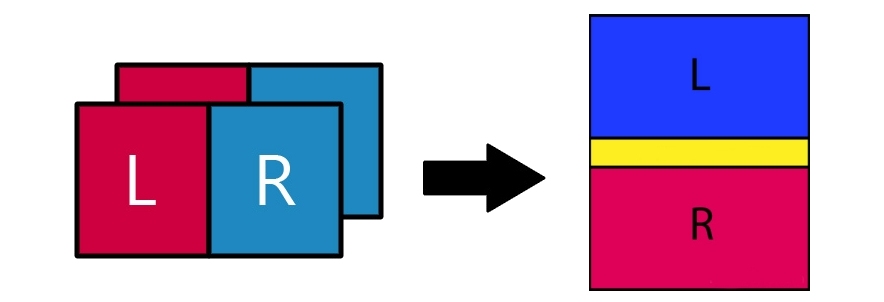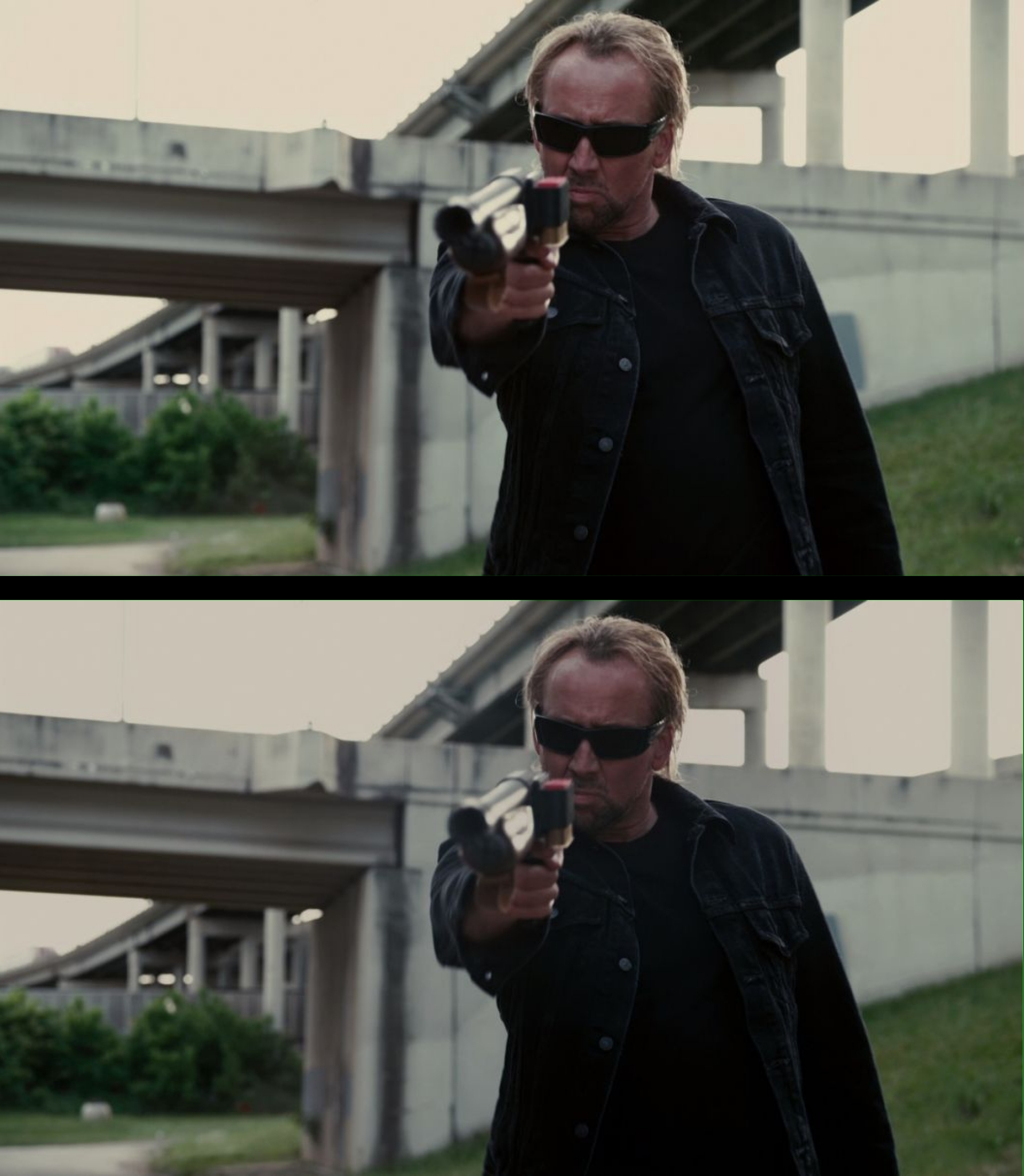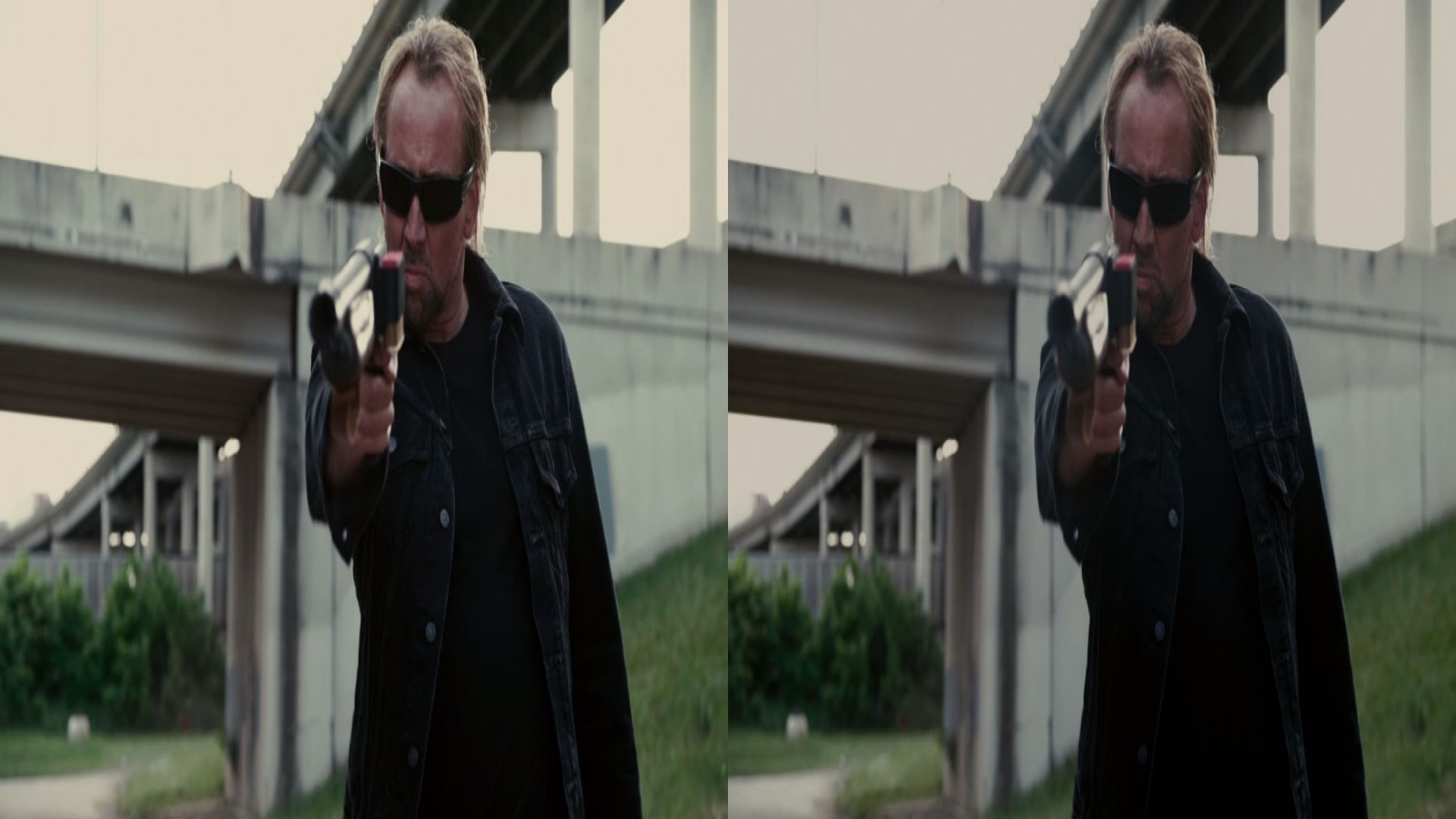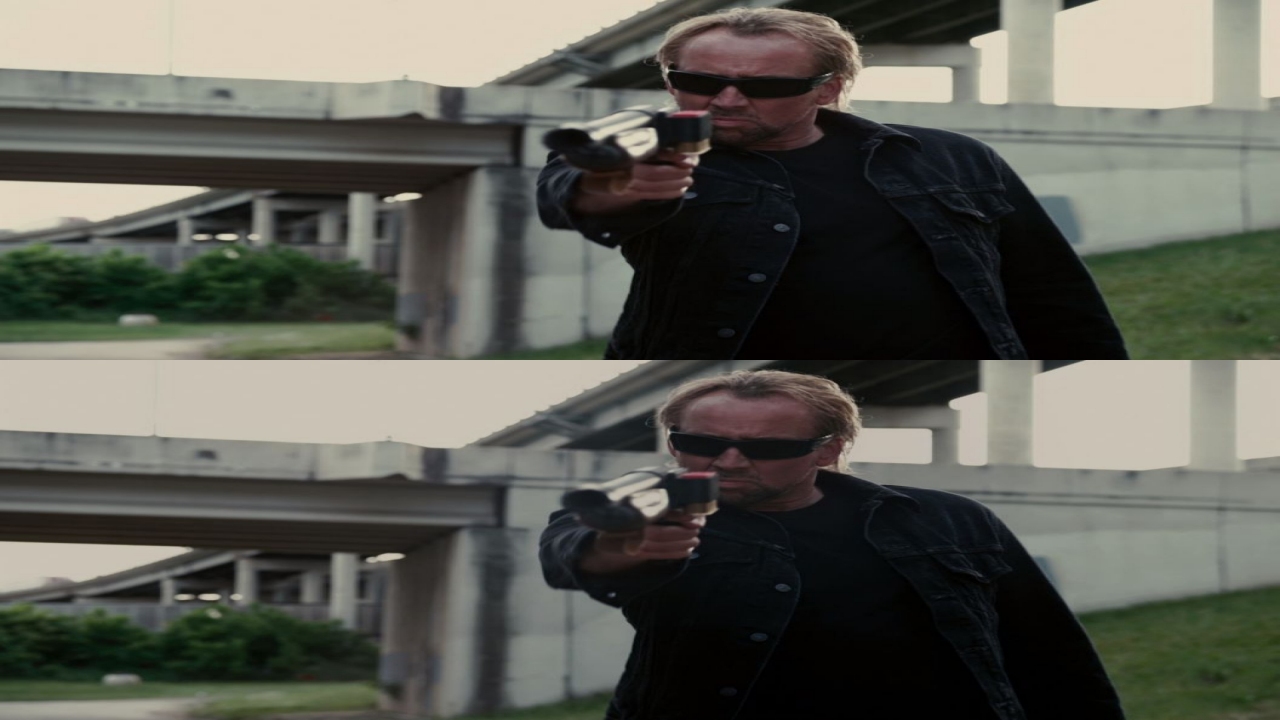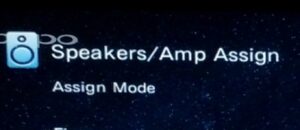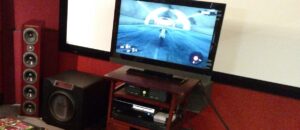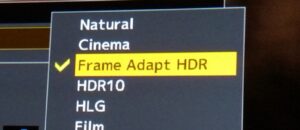Some time back, I detailed the installation of a Lumagen Radiance video processor into my home theater system. Despite a difficult learning curve regarding its complicated set-up (which I still find a little frustrating, to be honest), the Radiance has been an extremely powerful and useful device, and I’ve been very pleased with the purchase. One of the great advantages of Lumagen over its competitors is the company’s dedicated support for its products. Lumagen constantly updates the Radiance with firmware enhancements based on user feedback. One recent upgrade added a new feature that I find particularly interesting: the ability to convert a 3D picture from one 3D video format to another.
No, this doesn’t mean that the processor will convert 2D content to 3D. For that, you still need a capable Blu-ray player or dedicated device (such as the 3D-Bee that I reviewed not too long ago). However, if you feed the Radiance content in any valid 3D format, it will convert that to any other valid 3D format.
Why would you need such a feature? First, let’s look at the different 3D formats that are available.
As I’ve explained in other posts, a 3D image is created by viewing a scene from two viewpoints slightly offset from one another, one that goes directly to the viewer’s right eye and one that goes directly to the left. Those two images can be delivered to your 3D TV in one of three common formats.
Blu-ray discs are encoded in what is known as “frame-packed” format, in which two 1080p images are stacked one on top of the other with some blanking space in between, as in this example from ‘Drive Angry‘:
This provides the best quality image, because each of the eye views contains a full 1920×1080 image. 3D videogames for the PS3 work similarly, but with two 720p images packed together.
Unfortunately, frame-packing requires a lot of bandwidth. It’s also only available at 720p60 or 1080p24 resolutions. Because of this, it’s not suitable for cable or satellite TV transmission. If you watch 3D from a broadcast or On Demand source, the left and right eye views will instead be combined into a single frame. This can be done either in 1080i side-by-side format or 720p top/bottom format.
In 1080i side-by-side, each of the left and right views is reduced to 960×540 resolution:
For 720p top/bottom, each view is reduced to 1280×360 resolution:
In terms of resolution per eye, side-by-side is marginally better (518,400 pixels vs. 460,800 pixels). Nonetheless, you’ll find both available on cable. At the time of this writing, HBO On Demand (which transmits at 1080i resolution) offers several movies in side-by-side 3D, including ‘The Chronicles of Narnia: Voyage of the Dawn Treader’. Meanwhile, I was able to find some IMAX documentaries, such as ‘Dinosaurs: Giants of Patagonia’, on other On Demand channels in 720p top/bottom.
That 3D-Bee processor that I mentioned earlier outputs its video in side-by-side 3D up to 1080p24 and 1080p60 resolutions.
Both the side-by-side and top/bottom formats are clearly inferior to frame-packed Blu-ray in pixel count. That much is obvious. Additionally, some 3D TVs and projectors have problems displaying these formats. For example, my JVC D-ILA projector does an absolutely lousy job of displaying either side-by-side or top/bottom. The resulting picture suffers from serious 3D crosstalk artifacts. The projector does much better with frame-packed 3D. For that reason, I find Radiance’s new 3D format conversion feature very desirable. Since the firmware became available, I’ve been testing it and reporting my feedback to Lumagen.
In the current firmware (revision 030312), conversion of 1080i side-by-side 3D to 1080p24 frame-packed 3D works pretty well, though I experienced some combing artifacts and motion stuttering when using the default “Auto” deinterlacing mode. Setting the deinterlacing to “Film” helps to clear this up during the frame rate conversion from 60 Hz to 24 fps. (The Radiance will only output frame-packed 3D at the “legal” resolutions of 720p60 or 1080p24 – not at 1080p60, which is technically outside the requirements of the HDMI spec.)
Unfortunately, my results converting 720p top/bottom 3D to 1080p24 frame-packed format were more problematic. That caused me serious strobing and motion stuttering in the picture. Apparently, there isn’t really a good way to convert 720p60 to 1080p24 without frame rate issues. Lumagen recommended that I convert to 720p60 frame-packed output instead. I tried that, but while the results were better, I’m still having some issues. I’ve been working with Lumagen on this, and I’m confident that the company will make more refinements to this particular scenario.
[Update: Upon further testing, I’ve found that most of the problems I had with 720p top/bottom 3D were present in the source that I was watching, and were not the fault of the Radiance’s conversion.]
I’ll be honest that this 3D format conversion is probably not a feature that a lot of viewers will need, but I find it helpful, and I’m glad that a company like Lumagen is able to cater to the needs of even niche users like myself.
[Note: This post’s banner image was cobbled together using a couple of different graphics shamelessly borrowed from this site. The ‘Drive Angry’ examples are also mock-ups for illustrative purposes, not genuine 3D screen shots.]

